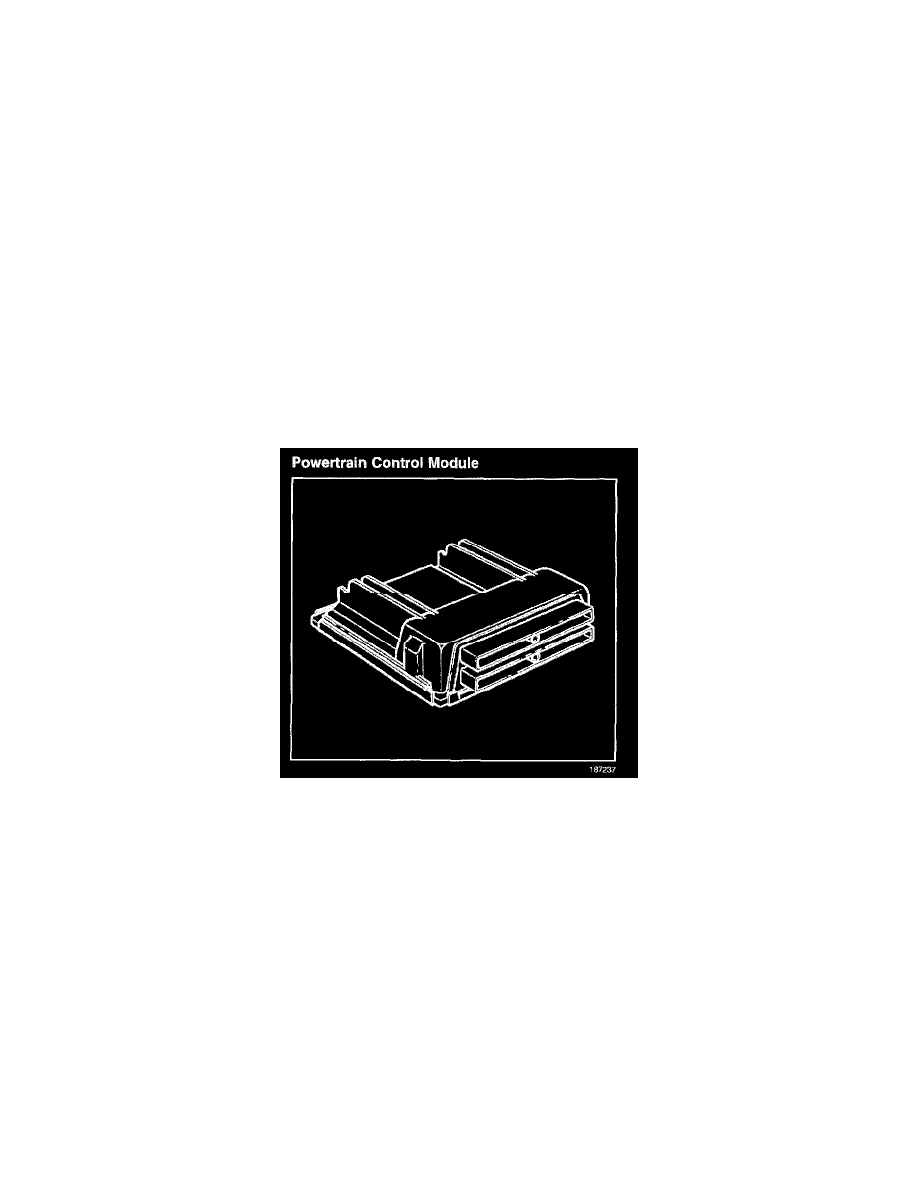K 1500 Yukon Denali AWD V8-6.0L VIN U (2002)

Engine Control Module: Description and Operation
Powertrain Control Module (PCM) Description
General Information
The Powertrain Control Module (PCM) is designed to maintain exhaust emission levels while maintaining excellent driveability and fuel efficiency. The
PCM controls the following operations:
^
The fuel control
^
The Ignition Control (IC)
^
The Knock Sensor (KS) system
^
The automatic transmission shift functions
^
The manual transmission
^
The cruise control enable, if equipped
^
The generator
^
The evaporative emissions (EVAP) purge
^
The A/C clutch control, if equipped
^
The secondary air injection (AIR), if equipped
^
The Exhaust Gas Recirculation (EGR)
PCM Function
The PCM supplies a buffered voltage to various sensors and switches. The PCM controls most components with electronic switches which complete a
ground circuit when turned ON.
Powertrain Control Module
Powertrain Control Module
The Powertrain Control Module (PCM) is located in the engine compartment. The PCM is the control center of the vehicle. The PCM controls the
following:
^
The fuel metering system
^
The transmission shifting
^
The ignition timing
^
The on-board diagnostics for powertrain functions
The PCM constantly monitors the information from various sensors and controls the systems that affect vehicle performance and emissions. The PCM
also performs the diagnostic functions for those systems. The PCM can recognize operational problems and alert the driver through the Malfunction
Indicator Lamp (MIL) when a malfunction has occurred. When a malfunction is detected, the PCM stores a Diagnostic Trouble Code (DTC) which
helps to identify problem areas. This is done to aid the technician in making repairs.
The PCM supplies either 5.0 or 12.0 volts to power various sensors and switches. This is done through resistances in the PCM. The resistance is so high
in value that a test lamp does not illuminate when connected to the circuit. In some cases, even an ordinary shop voltmeter does not give an accurate
reading because the voltmeters resistance is too low. Therefore, a DMM with a minimum of 10 megaohms input impedance is required to ensure
accurate voltage readings.
The PCM controls output circuits such as the fuel injectors, the Idle Air Control (IAC), the cooling fan relays, etc. by controlling the ground or the
power feed circuit through transistors or a device called an output driver module.
